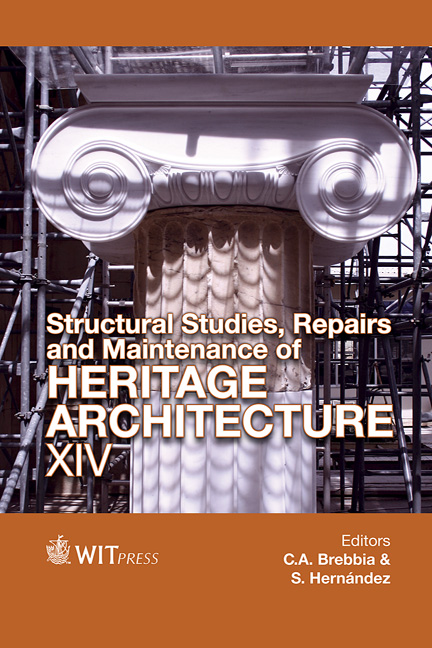Passive Energy Saving Strategies In Vernacular Architecture: Parameterization Of Resources Applied To A Case Study
Price
Free (open access)
Transaction
Volume
153
Pages
11
Page Range
287 - 297
Published
2015
Size
784 kb
Paper DOI
10.2495/STR150241
Copyright
WIT Press
Author(s)
V. Cristini, J. R. Ruiz Checa, J. L. Higón Calvet, J. L. Palmero Iglesias
Abstract
There are numerous passive strategies for reducing energy consumption in Spanish traditional vernacular architecture, depending on external conditions and also on the intended use of the interior of these constructions. In the case study analyzed, localized in an interior area of Spain, known as La Mancha, a set of vernacular buildings have been studied. Solar protection and solar gain, for example, are the key resources related to solar control. While cross ventilation, self-ventilation, or induced ventilation are related to the energy efficiency of the airflow. Other mechanisms identified are, for example, thermal insulation and thermal inertia of the materials. All these K-factors have been checked and parameterized in order to understand these vernacular strategies. Finally, thanks to a comparison of such resources, the study achieved a set of criteria for the use of these solutions in contemporary local architecture.
Keywords
low technology, passive design strategies, vernacular architecture




